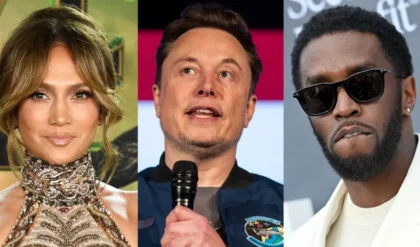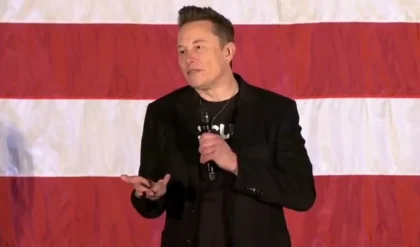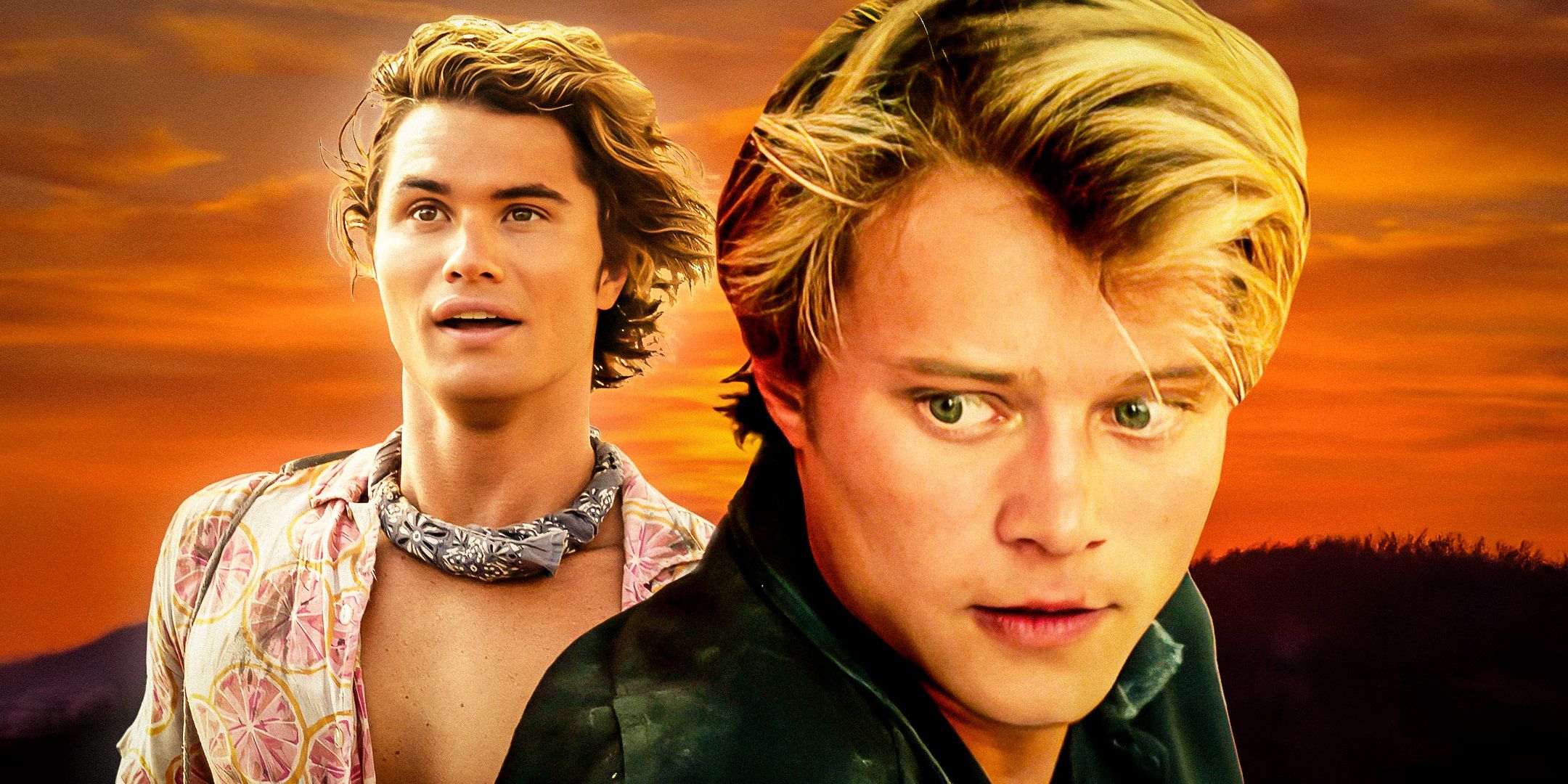
The group initially set out on a treasure hunt following the disappearance of John B’s father, although Outer Banks also heavily focuses on the tense class divides in the Outer Banks. Despite the show’s emphasis on the North Carolina setting, however, Outer Banks’ season 4 filming locations suggest the show might not be entirely accurate when it comes to the true Outer Banks culture, environment, and people. Here’s what Outer Banks gets right and wrong about the real Outer Banks in North Carolina.
The “Kooks Vs. Pogues” Feud Isn’t Real In The Outer Banks
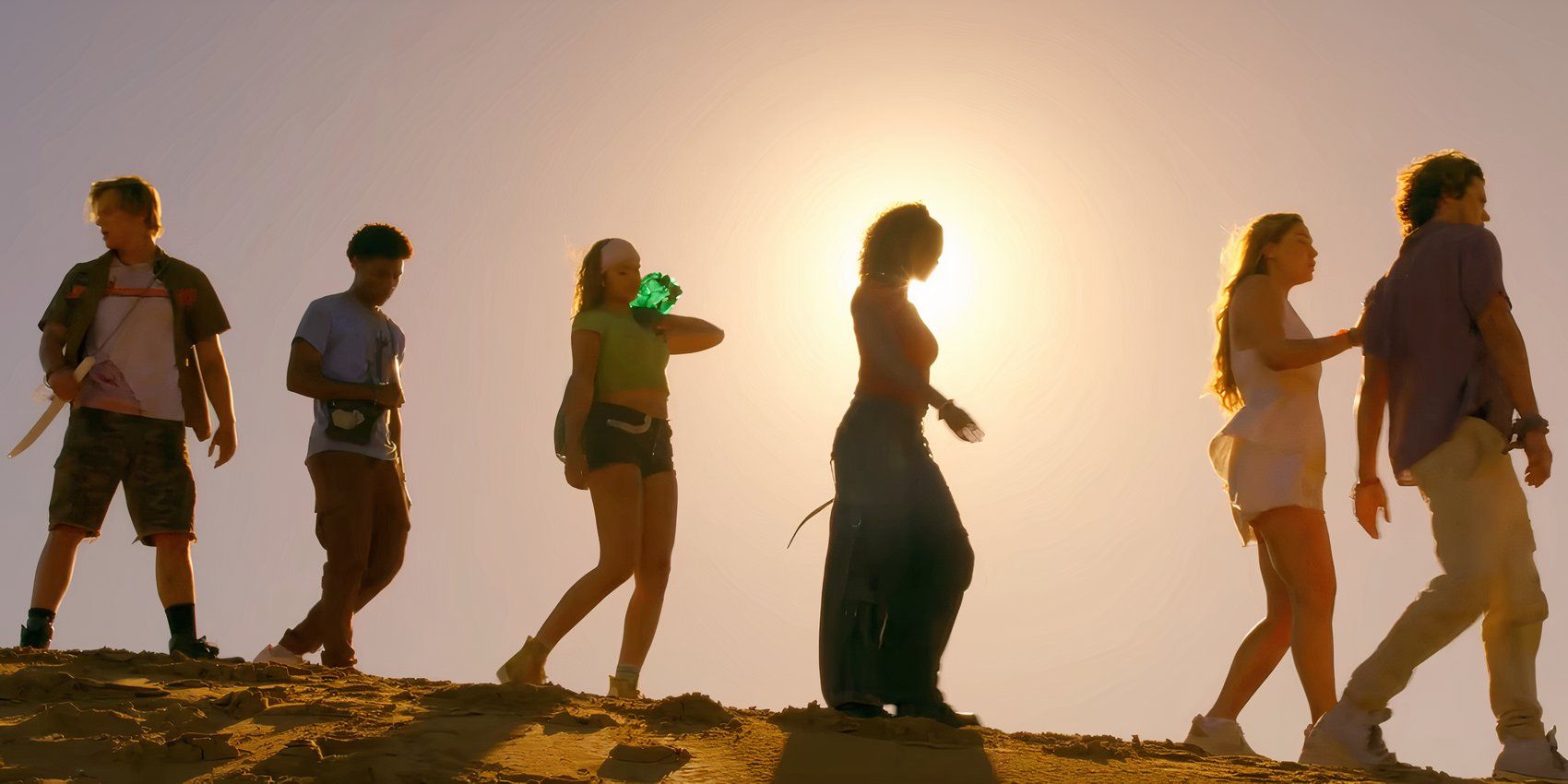
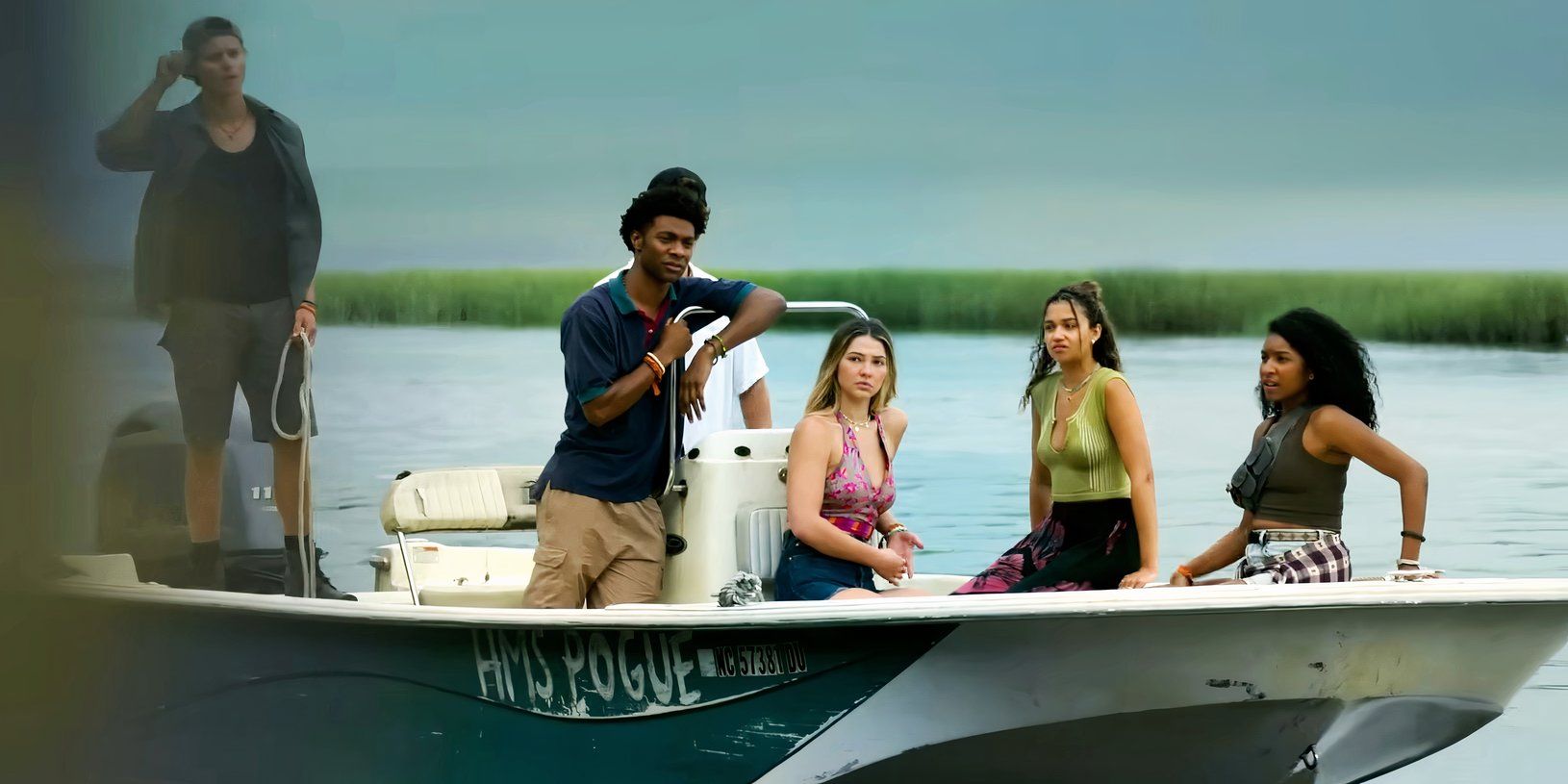
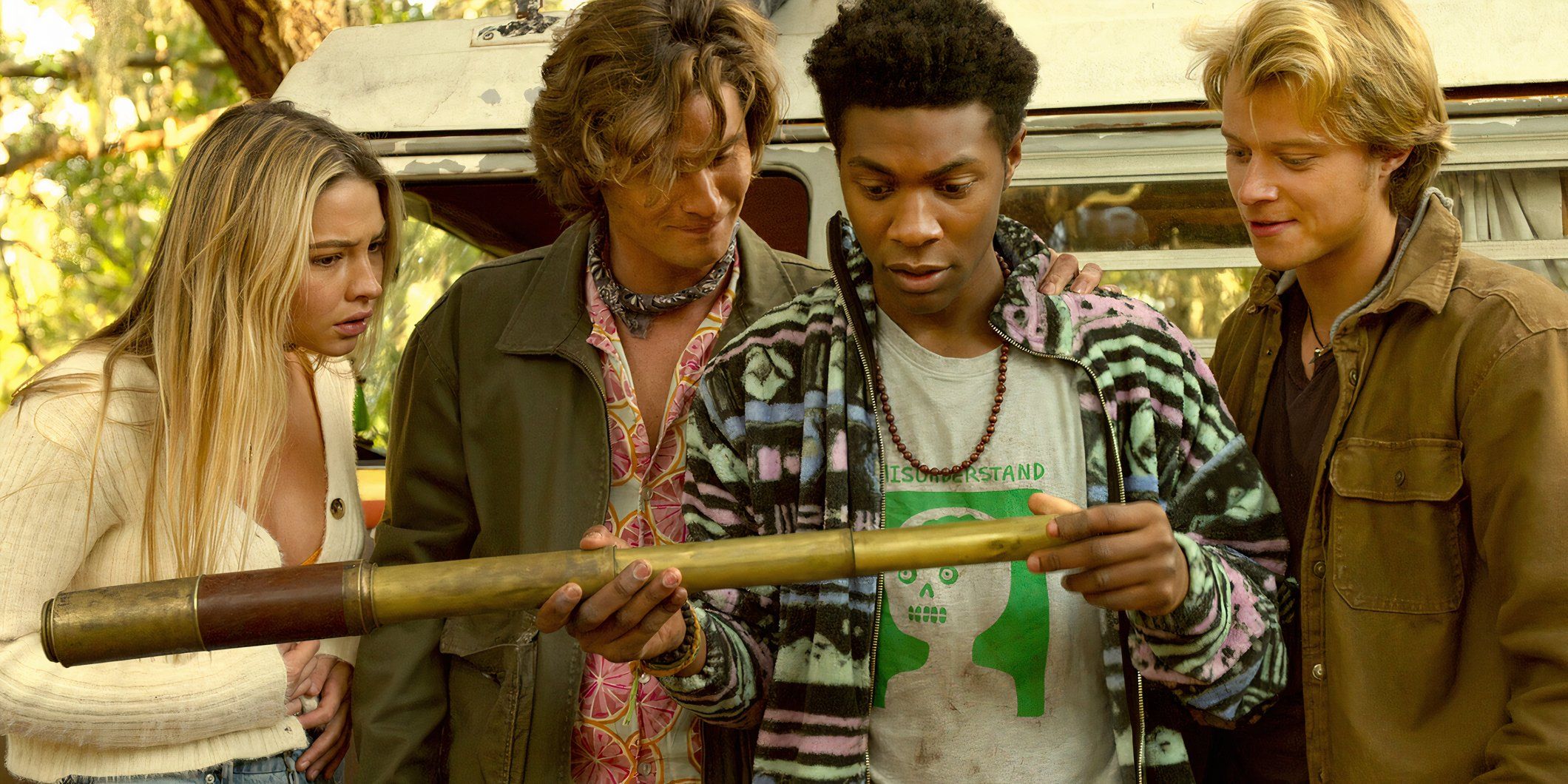



The tension between the Kooks and the Pogues is one of the most significant aspects of Outer Banks. Protagonist John B and his group of friends are among the Pogues, the working class group in the Outer Banks who, in John B’s own words, “make a living busing tables, washing yachts, running charters.” The Pogues live on the south side, also referred to as The Cut, and are lower income compared to the Kooks. This is well-represented by the origin of their name, the pogie fish, which is at the bottom of the food chain.
The Kooks, by contrast, are the wealthy elite of Outer Banks. The term ‘kook’ also has another meaning, in this case referencing someone who doesn’t know what they’re doing when it comes to surfer life. The term has become much more universal in the real world, typically meaning someone odd or unusual. The Kooks live on the north side in Outer Banks, referred to as Figure 8, and many Pogues work for the Kooks. Because of these massive divides, there is plenty of animosity between the Pogues and the Kooks.
While the Kooks and Pogues might not be real, the class differences they represent in the Outer Banks are, in certain ways.
In the real Outer Banks, or OBX, there are no such groups, at least not that go by those names. The slang term ‘kook’ may be used, again meaning someone who is ignorant of the surfing lifestyle or, more commonly at this point, that someone is odd, but these groups were invented for Outer Banks. That doesn’t mean that the underlying concepts aren’t somewhat realistic, though. While the Kooks and Pogues might not be real, the class differences they represent in the Outer Banks are, in certain ways.
Outer Banks’ Scenery & Class Separation On The Island Are Fairly Accurate
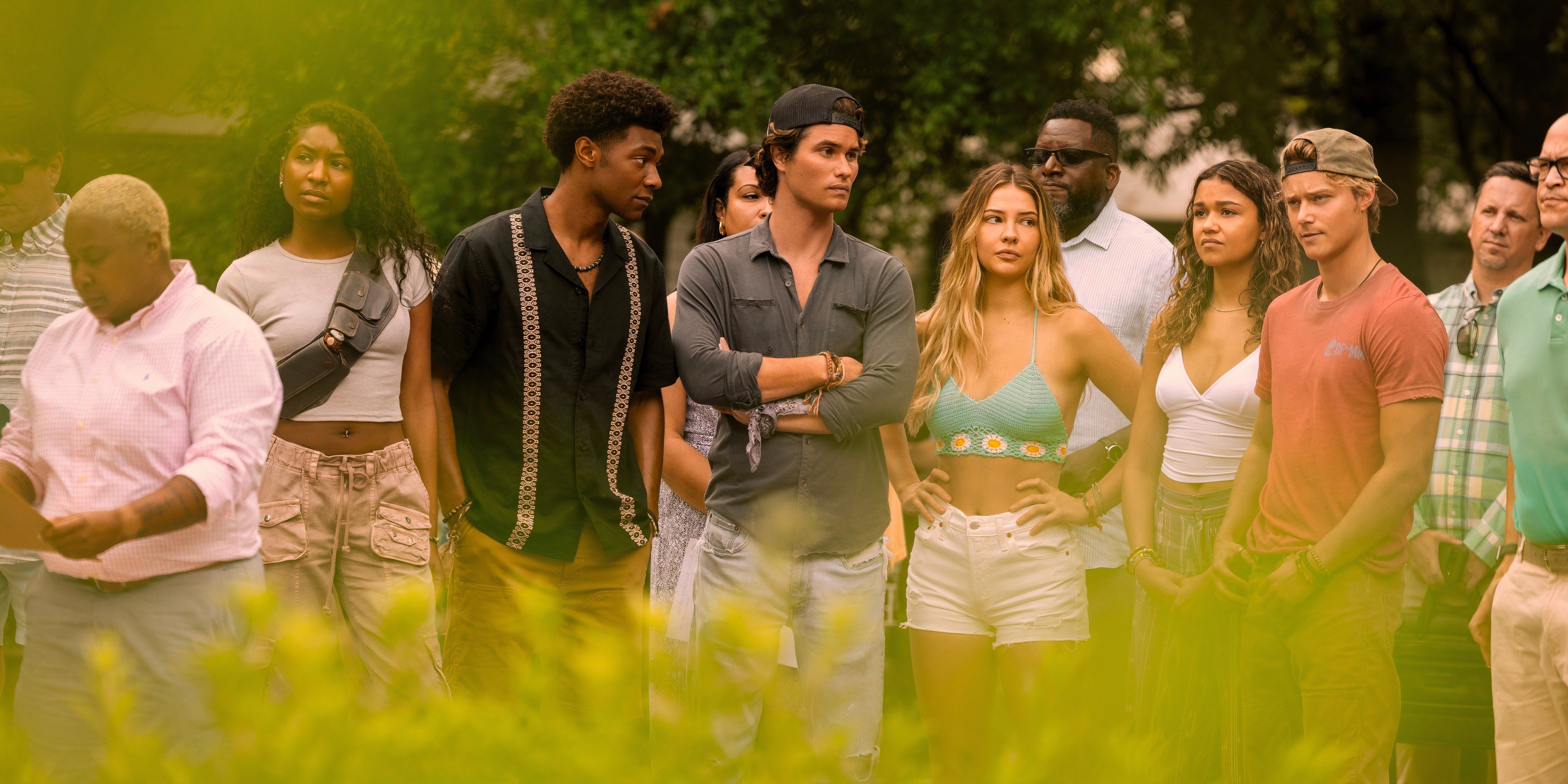
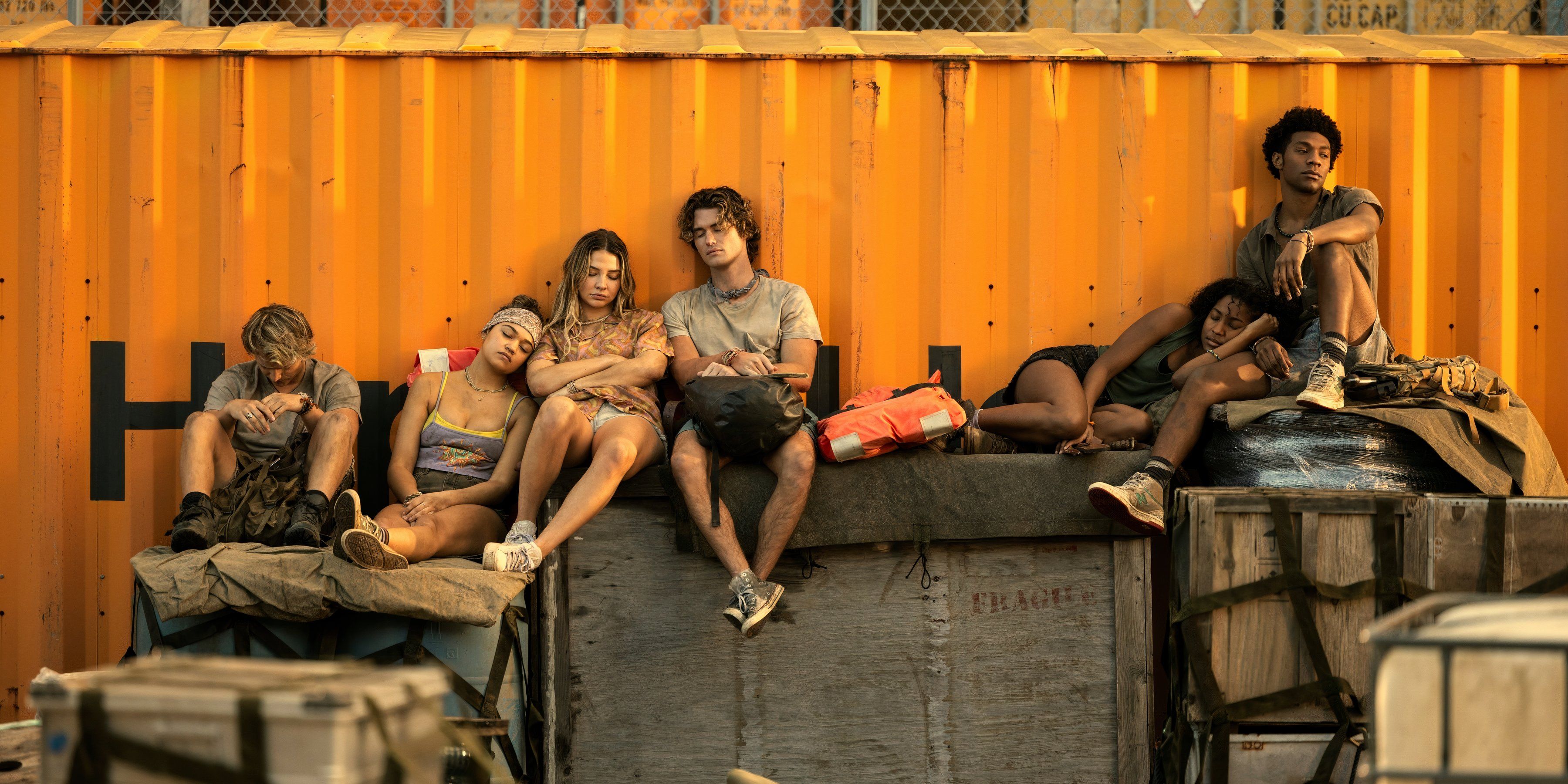
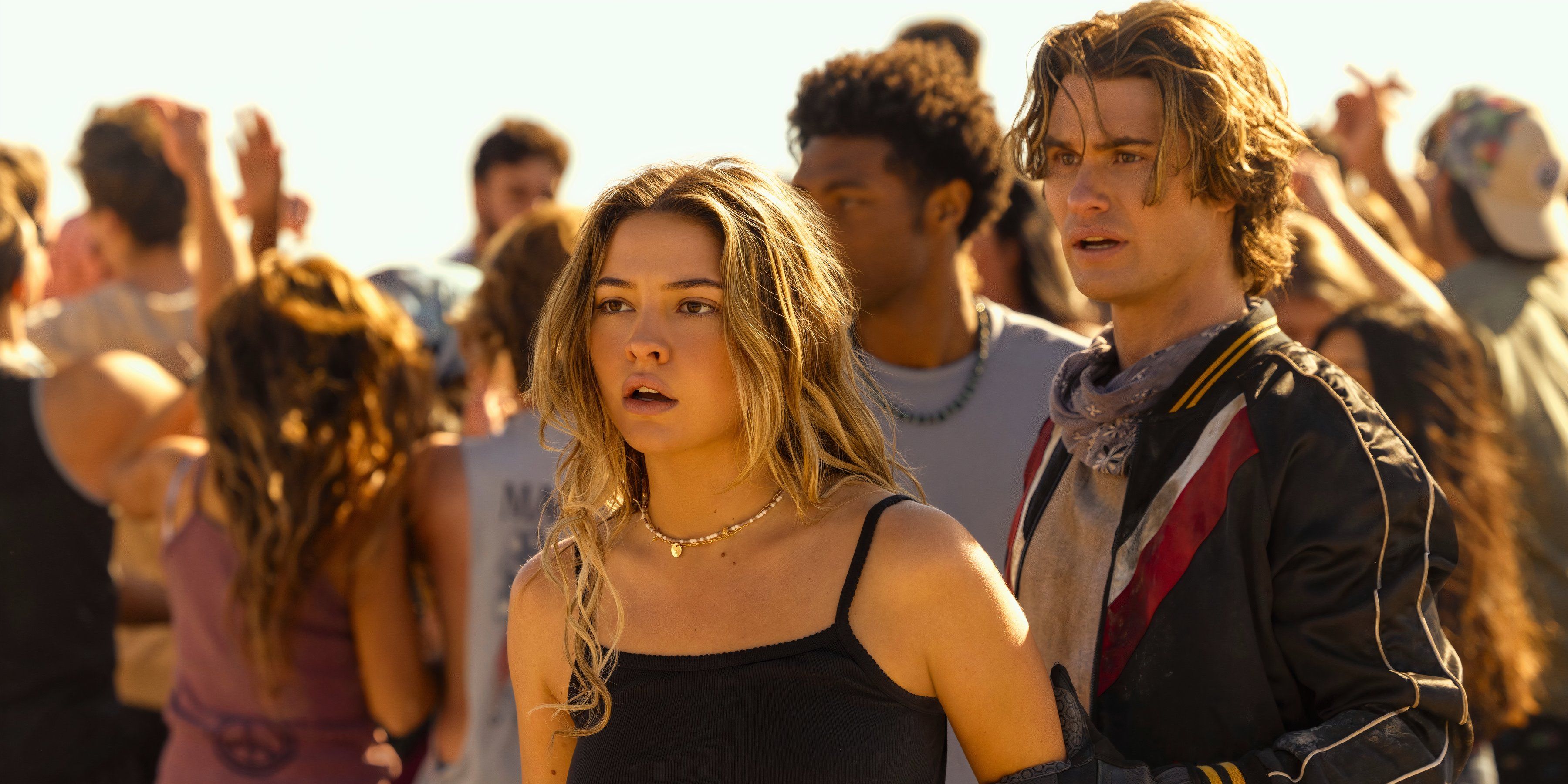
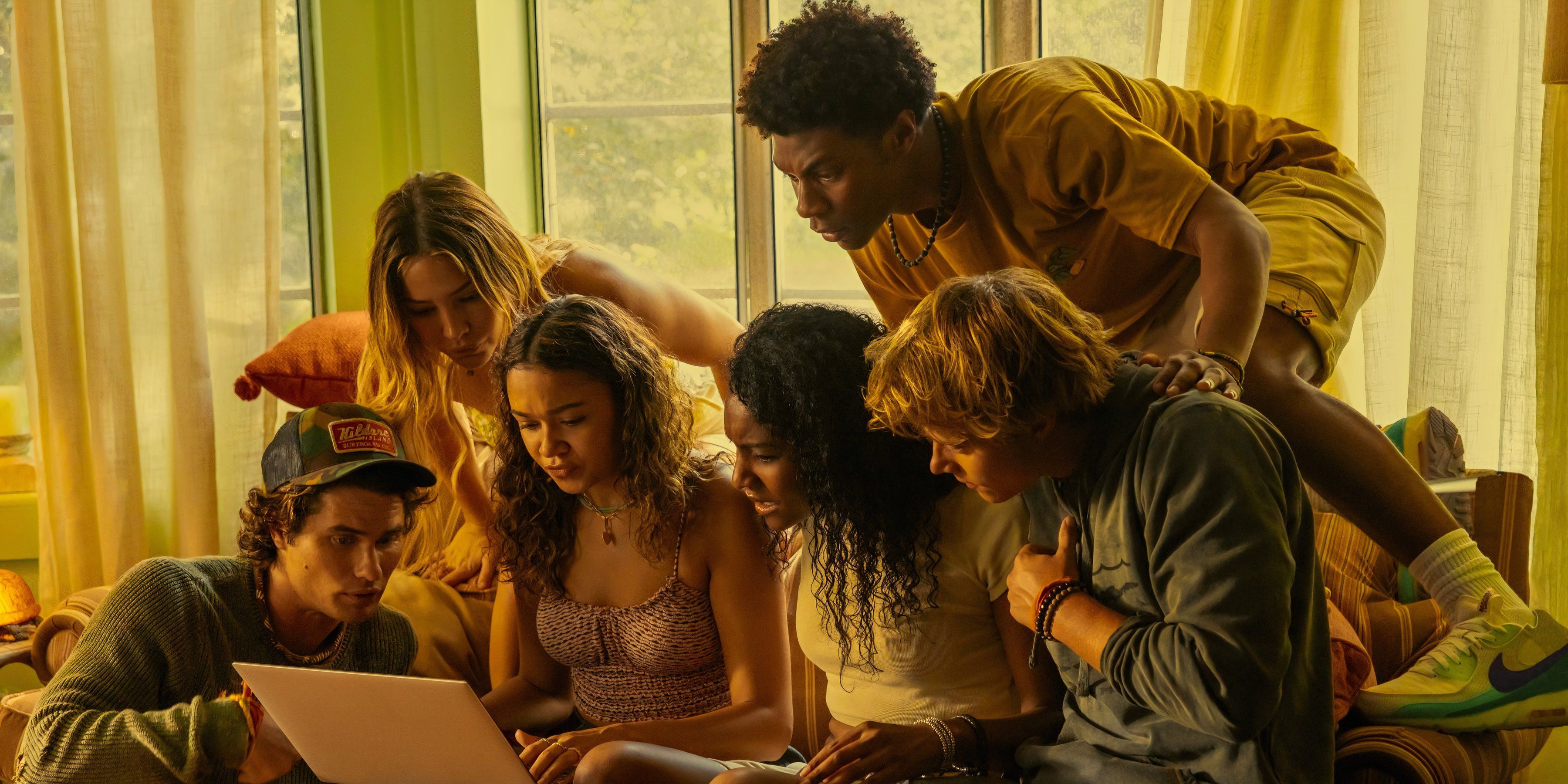
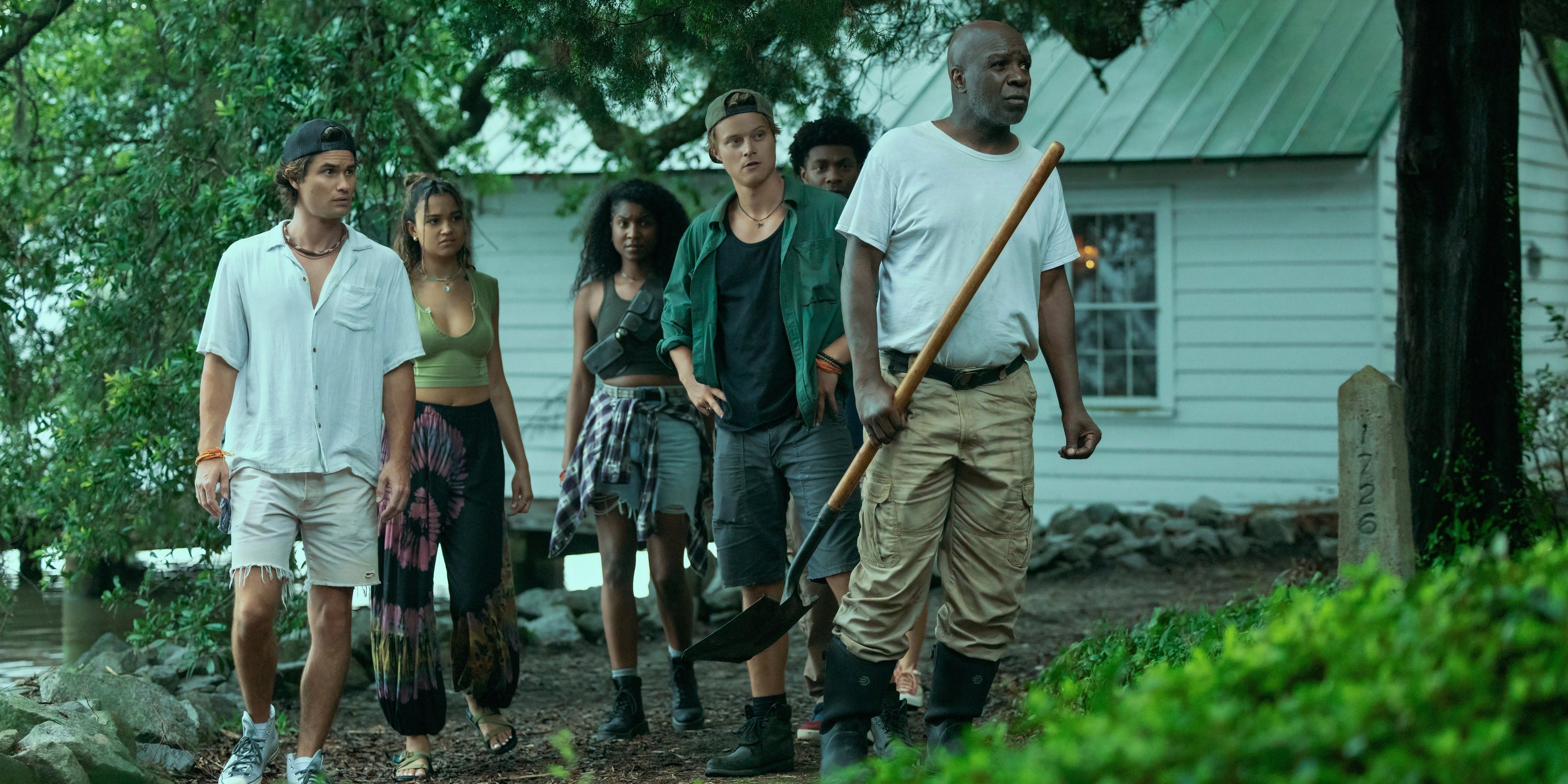





Like the Kooks and Pogues, The Cut and Figure 8 are not real locations in the OBX. The Cut is entirely fictional, and the name Figure 8 seems to be borrowed from the Wilmington Metropolitan Area of North Carolina, which is quite far from the Outer Banks. Even so, it’s accurate that the Outer Banks has some extreme wealth. It’s also true that there are seasonal workers who come in just for the busy seasons, and plenty of people who live in the OBX do not come from wealth or occupy the multi-million dollar homes in the area.
It’s accurate that the Outer Banks has some extreme wealth.
Despite those different income brackets, the turf wars depicted throughout Outer Banks are not realistic. In the present day especially, there isn’t any indication that the real-life Outer Banks has two clearly defined class groups that despise one another. That isn’t to say there isn’t any tension or resentment; those sentiments, particularly regarding extreme wealth, permeate major United States locations across the country. It’s reasonable to assume that, for some, OBX luxury is off-putting. However, the extent of the divisiveness is fabricated in Outer Banks.
The scenery of Outer Banks is similarly mixed in terms of its accuracy. Most of Outer Banks was actually filmed in South Carolina, not North Carolina, which accounts for the environment in the show being similar to the real-life OBX but not a dead ringer. Although the show’s Redfield Lighthouse is fictional, for example, the real OBX is known for its beautiful lighthouses, such as The Bodie Island Lighthouse. The more general features of the environment, though, are largely accurate, including the marshes and, of course, the water.
The Outer Banks’ Geography Isn’t Entirely Accurate In The Show

Outer Banks has been called out on occasion for its inaccuracies, and one of the most significant complaints has been regarding the show’s ferry to Chapel Hill. In real life, Chapel Hill is effectively landlocked, meaning accessing the area by ferry is impossible. In addition to this more serious deviation from the actual geography of the region, there are a number of smaller inaccuracies that no doubt stem from the show filming in a different area entirely.
The show also tends to combine regions or counties, such as it does with Kildare County. Kildare County is entirely fictional, but it pulls from the real-life Dare County and Kill Devil Hills. It’s unsurprising in light of these approaches in Outer Banks that viewers who are from the OBX find it much less believable in terms of the show’s geography, even if the differences may seem small to an outside observer.
Outer Banks’ Show Is Accurate To The General Culture & Social Dynamics Of The OBX
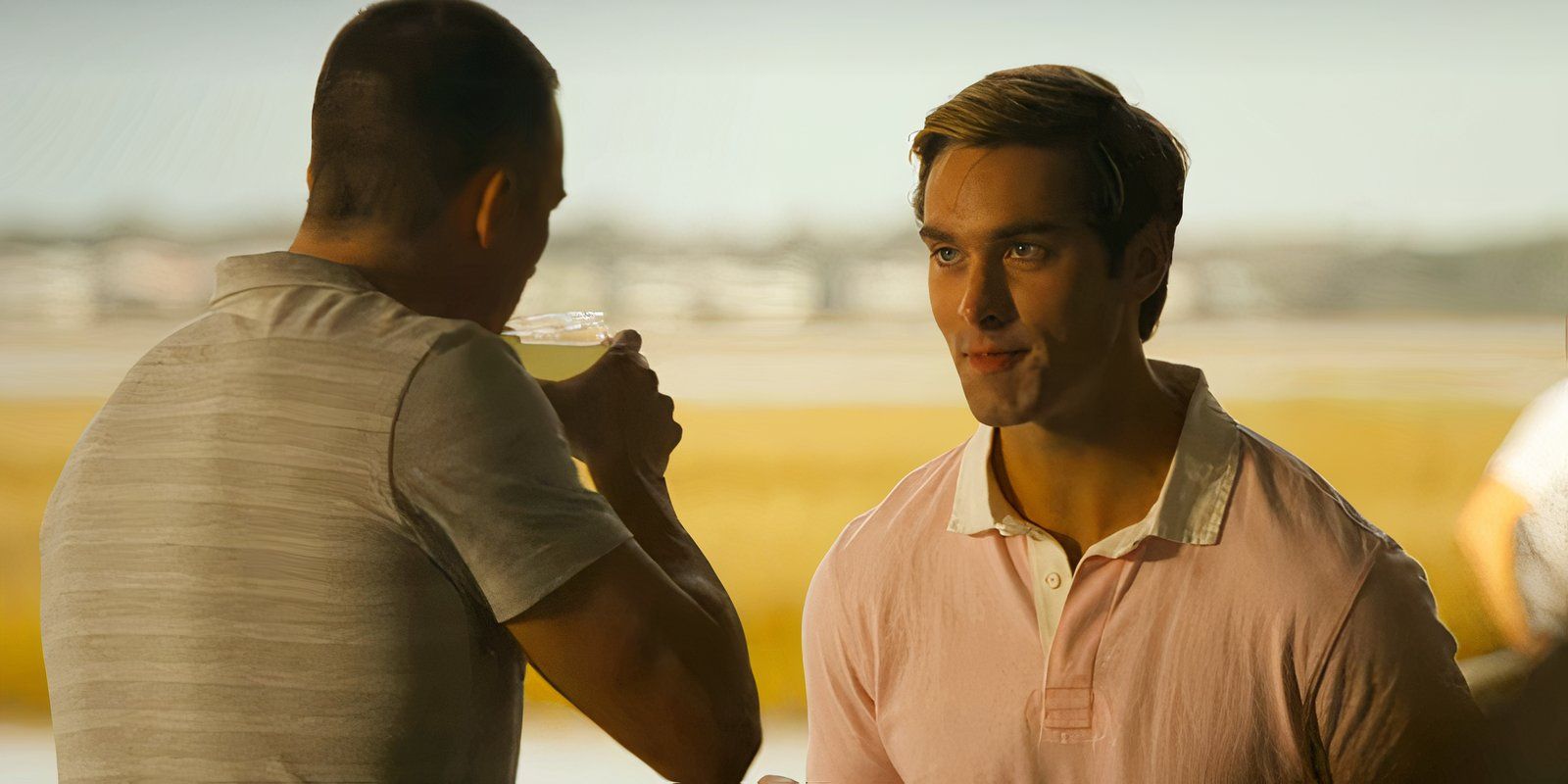
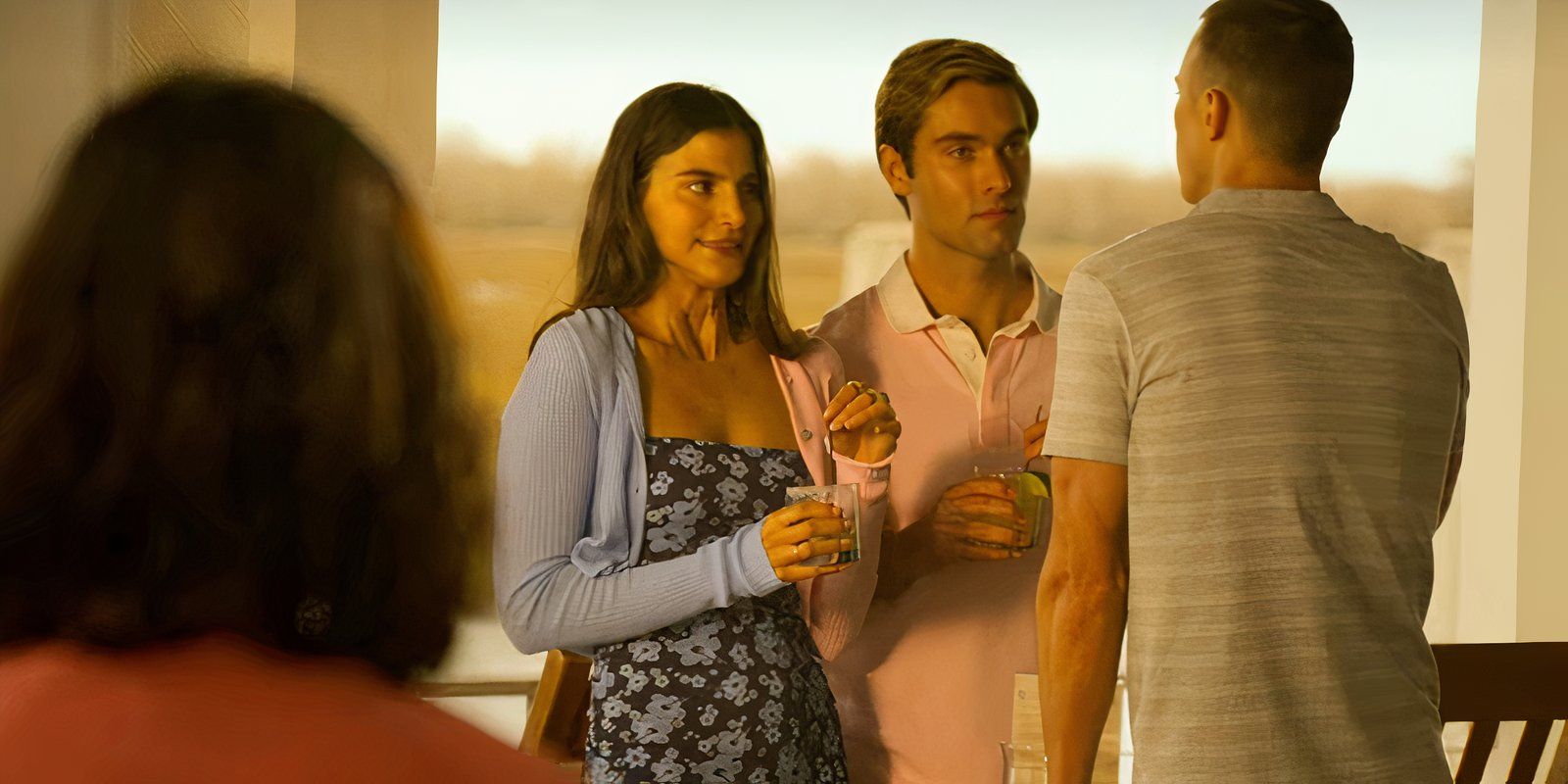
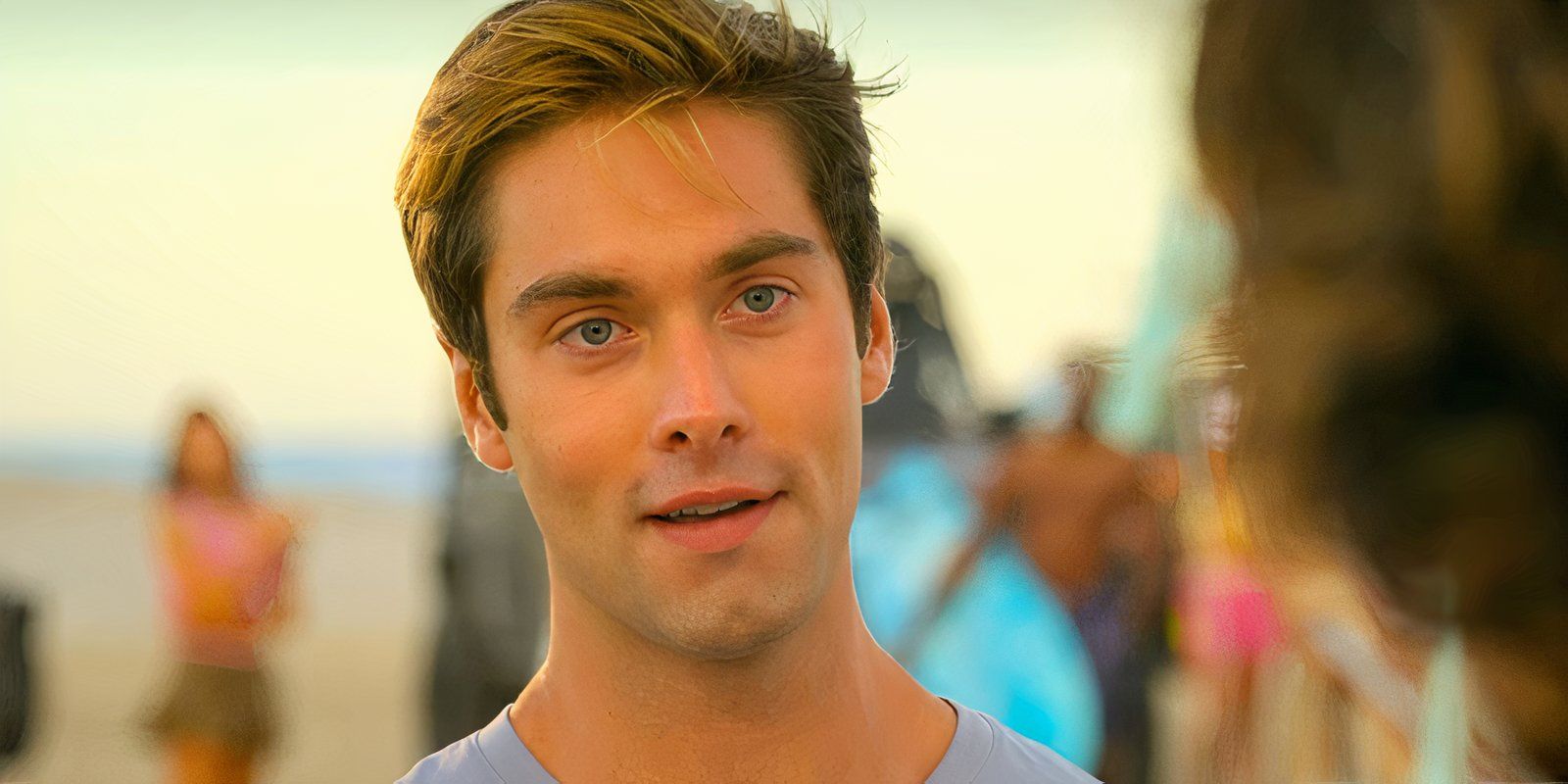



Interestingly, Outer Banks seems to be fairly accurate when it comes to several aspects of the show’s representation of OBX culture. As mentioned, the OBX does have its fair share of wealth, and while boating might not be the go-to mode of transportation like it is in the show, there’s plenty of boating, surfing, and similar ocean or water-based recreation in the real Outer Banks. The people who live in the real-life Outer Banks are also known for being outdoorsy and environmentally conscious, two traits that are prevalent in Outer Banks as well.
Of course, it likely goes without saying that in a show that fictionalizes an entire region, there are going to be inaccuracies, and there are going to be varied opinions. Some viewers who are from the OBX feel as though the show bears almost no resemblance to the real location, while others think that (outside glaring issues such as the ferry to Chapel Hill), the show does a decent job of getting things right. It’s clear both that Outer Banks takes liberties and that it tries to mirror the real OBX to a certain degree.
Outer Banks’ Show Doesn’t Discuss The Impact Of Tourism Enough
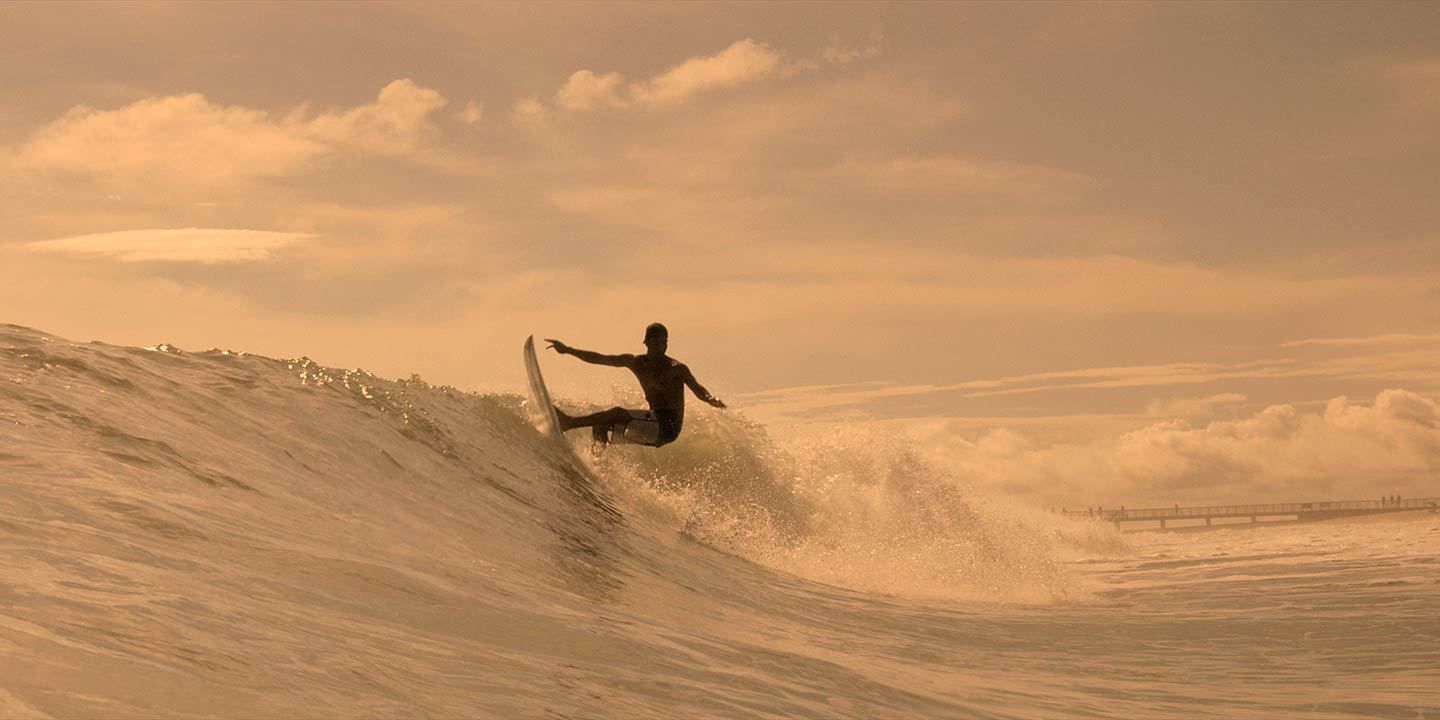
With the real-life OBX being such a major vacation spot, it’s inevitable that tourism is going to have an impact. There are obvious positives to tourism, such as it boosting the economy of the area. There are also plenty of negatives, though, among them how disruptive tourists can be to people who live in an area like the Outer Banks. For the most part, Outer Banks doesn’t explore the effects of tourism all that much, which is a bit surprising given what a major role tourism plays in the OBX.
Ultimately, Outer Banks is like many shows that are based on a particular location or group. Although the show gets many things ‘right,’ there are plenty of deviations or, in some cases, outright fabrications. It’s clear that Outer Banks is intended to be loosely based on the real-life Outer Banks, but the show also takes plenty of liberties, most notably with the major groups, the Kooks and the Pogues.

